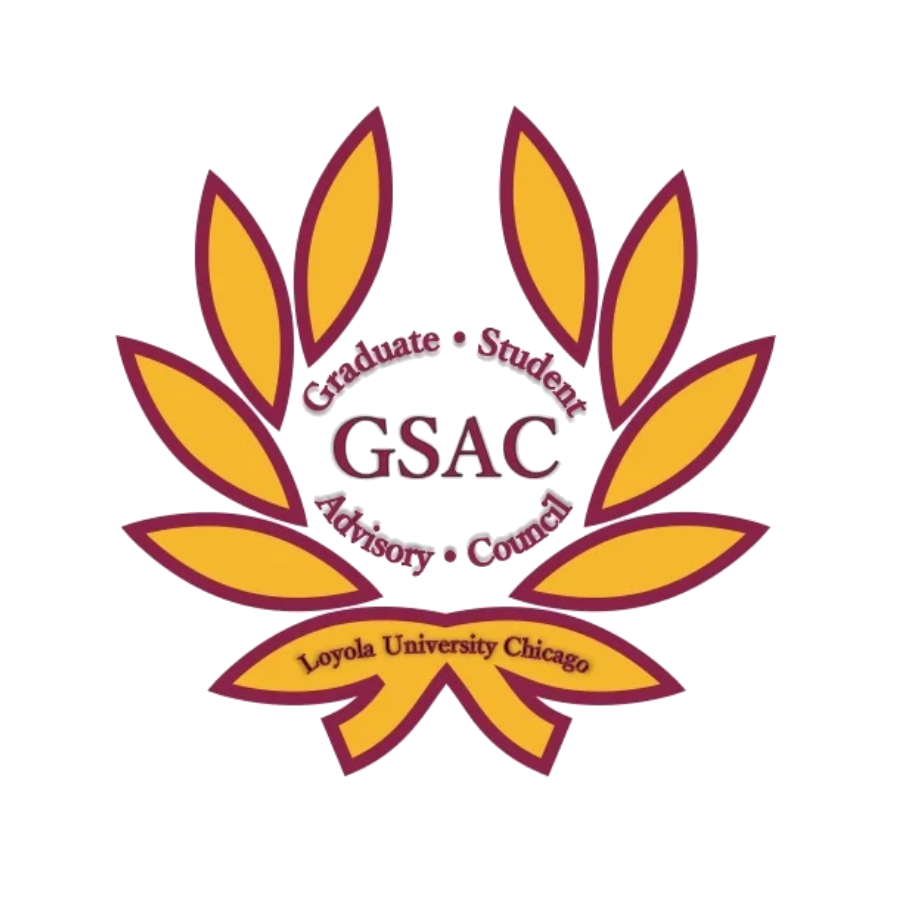Title of Poster or Presentation
Nature As it Was: Habitat Dioramas and Public Memory in the Anthropocene
Loading...
Submission Type
Poster
Degree Type
Masters
Discipline
Humanities
Department
History
Access Type
Open Access
Abstract or Description
Dioramas commemorate. They are constructed to capture a snapshot of nature at a particular place and moment in time and preserve it for generations to come. What they document, however, is not objective reality, but nature as the taxidermist perceived it, a perspective often colored by American westward expansion and Romantic wilderness tropes as well as by science. This lends habitat dioramas great potential as affective experiences, but it can also undermine natural history museums’ missions to communicate the urgency of wildlife preservation to their visitors. Surveys in the Field Museum’s “Nature Walk” exhibit suggest that visitors perceive dioramas as memorials to the distant, irretrievable past—nature as it once was. Furthermore, documents from the dioramas’ creations in the early twentieth century show that taxidermists were consciously recording a natural world they believed was vanishing. By being aware of visitor perceptions and acknowledging the commemorative power of habitat dioramas, natural history museums can utilize their historic displays to further their missions in an era of climate change.
Powerpoint Download
Creative Commons License

This work is licensed under a Creative Commons Attribution-Noncommercial-No Derivative Works 3.0 License.
Nature As it Was: Habitat Dioramas and Public Memory in the Anthropocene
Dioramas commemorate. They are constructed to capture a snapshot of nature at a particular place and moment in time and preserve it for generations to come. What they document, however, is not objective reality, but nature as the taxidermist perceived it, a perspective often colored by American westward expansion and Romantic wilderness tropes as well as by science. This lends habitat dioramas great potential as affective experiences, but it can also undermine natural history museums’ missions to communicate the urgency of wildlife preservation to their visitors. Surveys in the Field Museum’s “Nature Walk” exhibit suggest that visitors perceive dioramas as memorials to the distant, irretrievable past—nature as it once was. Furthermore, documents from the dioramas’ creations in the early twentieth century show that taxidermists were consciously recording a natural world they believed was vanishing. By being aware of visitor perceptions and acknowledging the commemorative power of habitat dioramas, natural history museums can utilize their historic displays to further their missions in an era of climate change.



